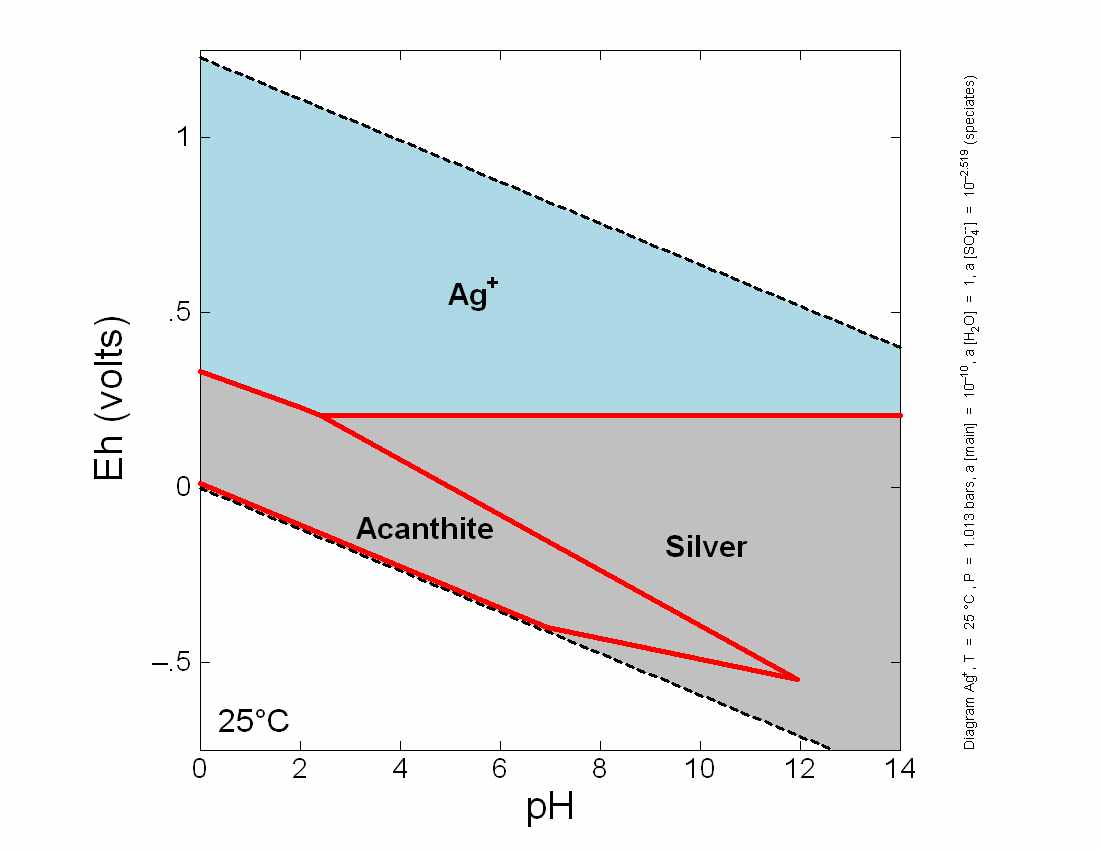

The dynamics of the connected or mobile charges on the quantity of interface areas or fluid or solid material can be investigated. In relation to evaluating corrosion for electrochemical phenomena and providing higher reliability, modern study has created agreement on the technique of electrical conductivity that is rapid and does not seriously harm the structure during implementation. In addition, among the techniques recently developed, electrochemical noise tests have proven to be beneficial as a method of determining the corrosion rate of certain passive materials, although scientists are striving to interpret conflicting results. Unlike the previous electrochemical techniques, the electrical conductivity method is available, simple, and not affected by oxygen pressure and its results are easy to interpret. The electrochemical corrosion monitoring techniques such as polarization techniques, potentiometric methods, and galvanic sensors are complicated and require particular expertise in using nitrogen gas for isolation the solutions from oxygen. Some of the analytical techniques include the drawing off fluid samples for analysis in laboratories where the areas of interest under this item are the concentration of metal ions, oxygen counts, electrical conductivity, and pH measurements. Corrosion measurement techniques play a significant role in determining the critical factors of corrosion and in reducing their effects. The results obtained from electrical conductivity measurements revealed that sodium lignosulfonate was an effective corrosion inhibitor in acidic medium (for both 0.10 and 1.00 M HCl) in which it converted into lignosulfonic acid, but was less effective in salt and alkaline media.Ĭonductivity, Monitoring Technique, Corrosion, Corrosion Inhibitor, LignosulfonateĬorrosion monitoring has been routinely practiced by many researchers in the last decades to determine the amount of corrosion and the rate of metal loss in the environment. The analysis of curves that illustrates the changes in electrical conductivity of these solutions provides qualitative information about the strength of corrosion as well as the extent of corrosion inhibition behavior. Measurements of electrical conductivity at 20.0˚C of three different corrosive solutions (HCl, NaOH, and NaCl) were performed with two different concentrations (0.10 and 1.00 M) containing zinc sheets in the absence and presence of four different concentrations of sodium lignosulfonate (1.0, 5.0, 10.0, and 20.0 mM). The electrical conductivity method was successfully applied as a new monitoring technique to monitor the corrosion and corrosion inhibition processes of zinc metal. Received: OctoAccepted: OctoPublished: October 29, 2020
POURBAIX DIAGRAM OF ZINC PDF LICENSE
This work is licensed under the Creative Commons Attribution International License (CC BY 4.0). 1Department of Chemistry, College of Arts and Sciences, University of Petra, Amman, JordanĢDepartment of Basic Sciences, American University of Madaba, Amman, JordanģDepartment of Chemistry, The University of Jordan, Amman, JordanĬopyright © 2020 by author(s) and Scientific Research Publishing Inc.


 0 kommentar(er)
0 kommentar(er)
